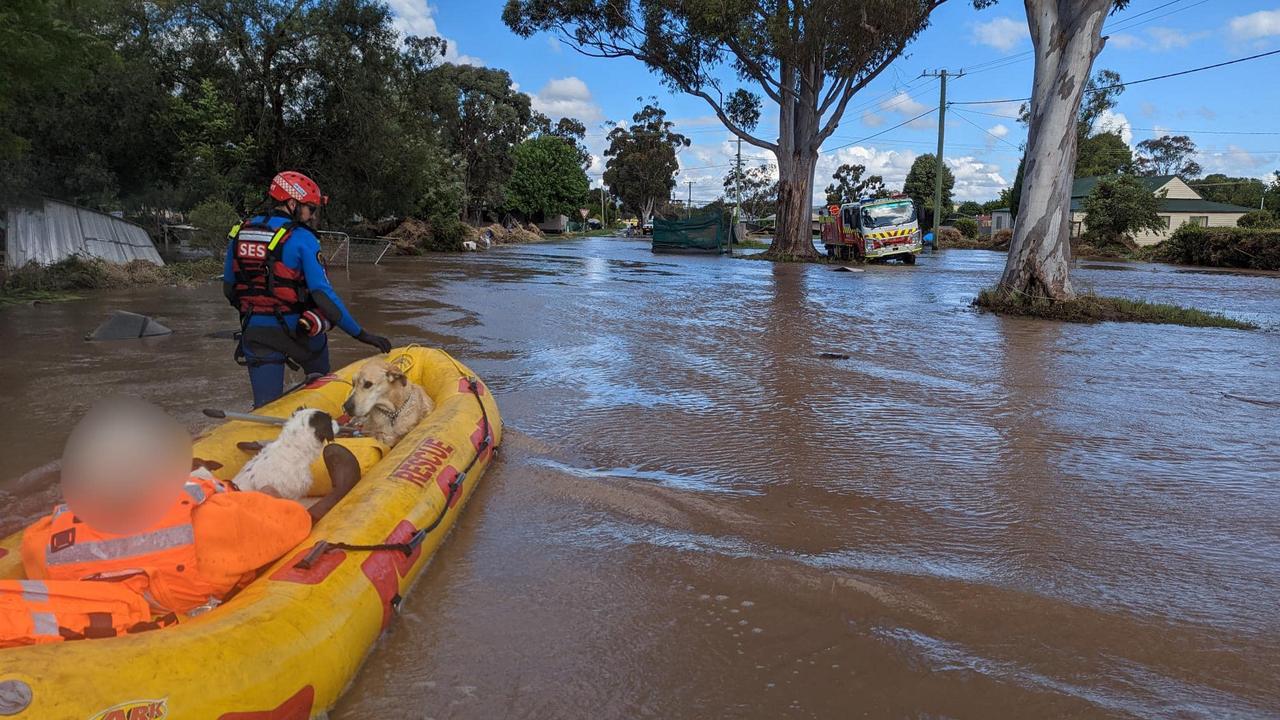CSIRO report reveals more extreme weather, hotter days, longer bushfire season and less snow
Australia is approaching an irreversible threshold, with more extreme weather looming unless drastic action is taken.

Dangerous bushfires will rage for longer, torrential downpours will become more common and unrelenting heatwaves will devastate communities across Australia, according to the latest snapshot into the country’s climate.
The 2022 State of the Climate report, released by CSIRO and the Bureau of Meteorology, reveals the continent is 1.47C hotter than it was in 1910.
In addition, sea surface temperatures have increased by an average of 1.05C since 1900, and sea levels are rising at an accelerated rate.
And while Australia has experienced one of the most significant flood periods ever observed during the La Nina event over the last two years, overall there’s been a decline in rainfall between April and October across southern Australia in recent decades.
That’s contributing to longer fire seasons, according to Karl Braganza from the Bureau of Meteorology.
“We’re expecting to see longer fire seasons in the future for the south and east and an increase in the number of dangerous fire weather days,” Dr Braganza said.

The changes have been driven by rising levels of greenhouse gases, predominantly at the hand of burning fossil fuels, with emissions having returned to pre-Covid-19 levels.
CSIRO Climate Science Centre research director Jace Brown said the report made for “depressing” reading, but it was “not new news”.
“Climate change is with us and it will continue, and the point of this report is to remind everyone that we need to be prepared,” she told ABC News.

Environment Minister Tanya Plibersek said the importance of the report was that it was a “call to action”.
“And that is why our government has acted to legislate stronger carbon pollution reduction ambitions,” she told ABC News.
“It reminds us that we need to prepare for the worst. You already have governments talking about changing land use in the future, how to better prepare our emergency services, how to better prepare our health system for the extreme events.
“It will take global action. We need to do our share here in Australia.”
CSIRO Agriculture and Food director Michael Robertson said climate change threats were already having widespread impact on the industry, affecting food production and supply chains.
“Historically, the sector has shown its ability to adapt to changes in climate, but we have an important role to play at CSIRO to help our farmers to build on that, navigating the growing climate risks to ensure long-term viability of rural enterprises and communities,” he said.

Monash University Associate Professor Ailie Gallant said the report provided “clear evidence” that Australia’s climate was changing and warned there was a pressing need for “deep and aggressive cuts” to carbon emissions.
“Although significant rains related to natural variability via La Nina have prevailed in the last three years in the north of the country, the report shows that the decline in rainfall in the south during the cooler months has become entrenched,” she said.
“Many of the trends described in this report will continue without deep and aggressive cuts to carbon emissions.”
In releasing its report, the CSIRO said Australia needed to plan for the decades ahead and the severity of impacts on the country would “depend on the speed at which global greenhouse gas emissions can be reduced”.
Originally published as CSIRO report reveals more extreme weather, hotter days, longer bushfire season and less snow
Read related topics:Climate Change


